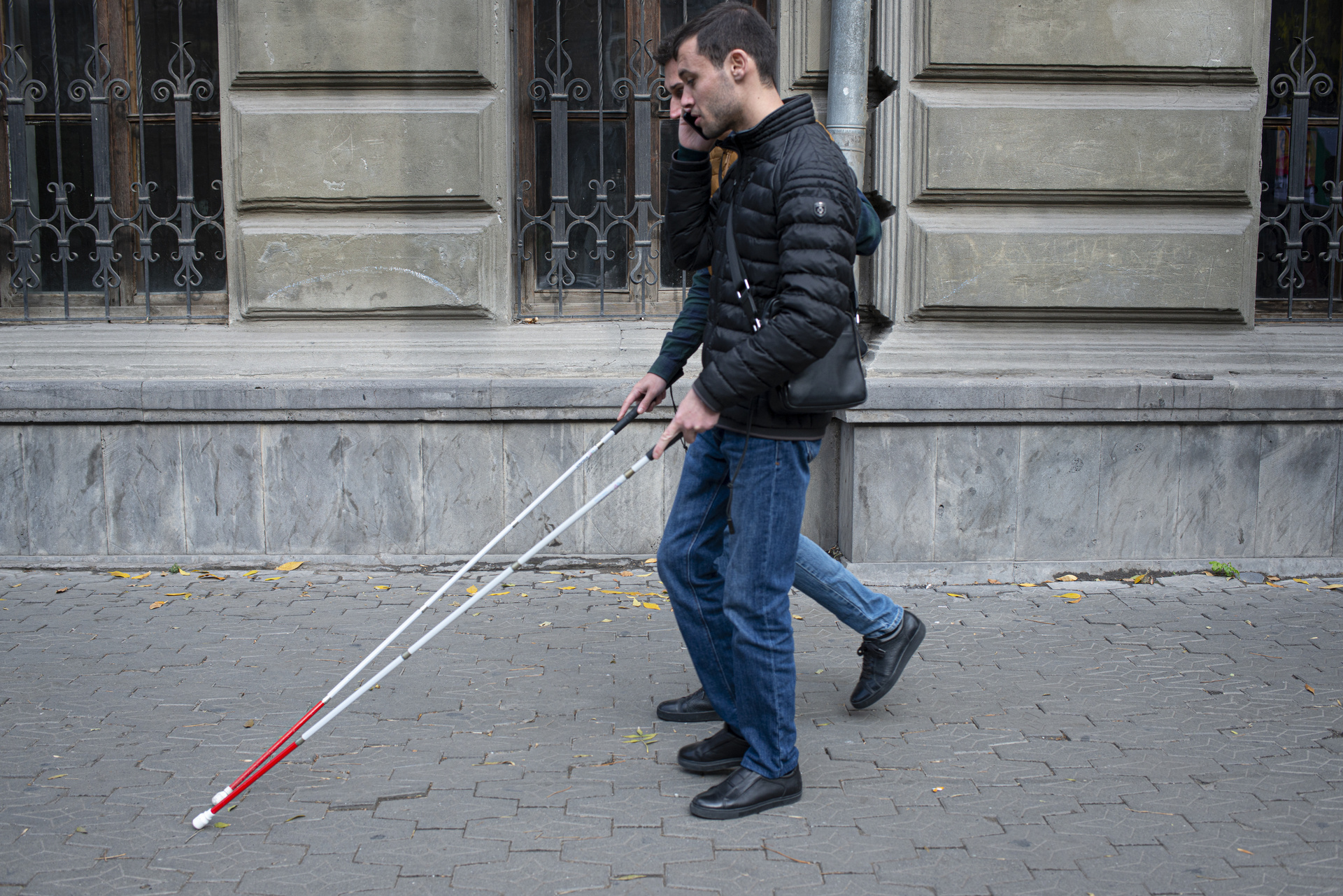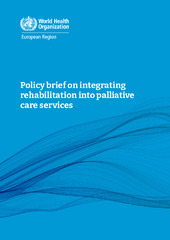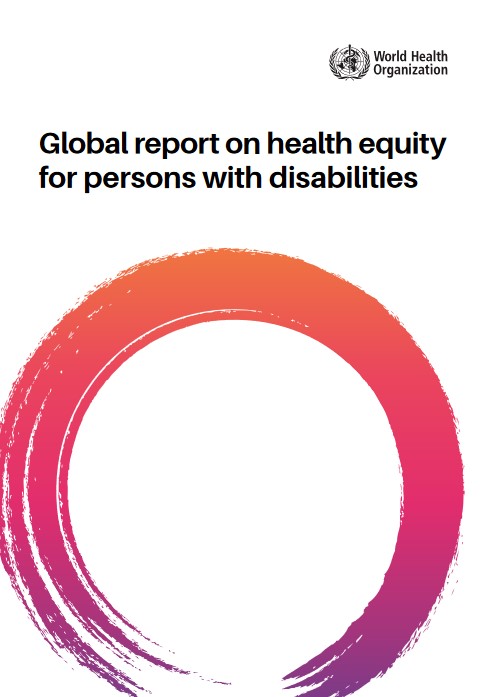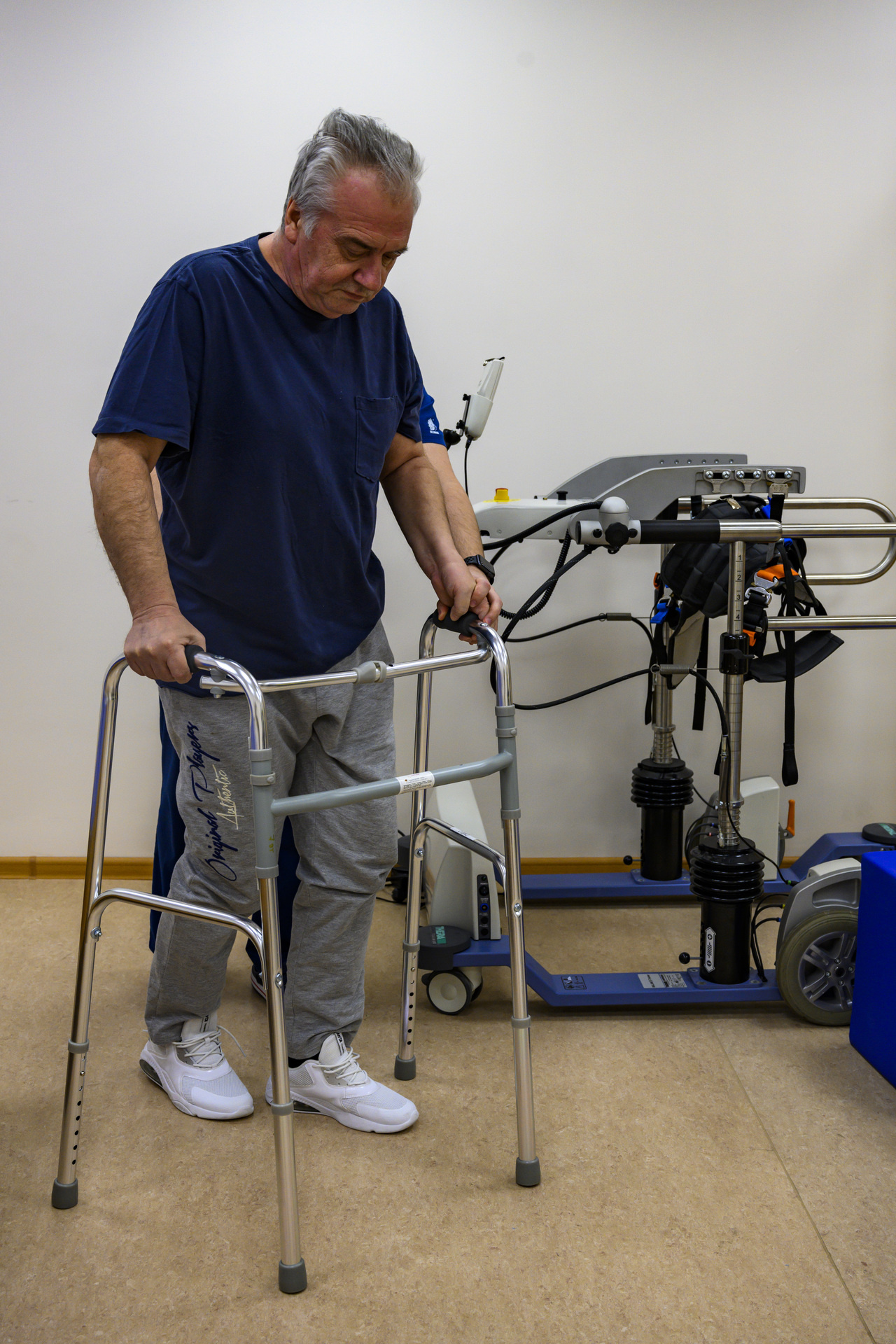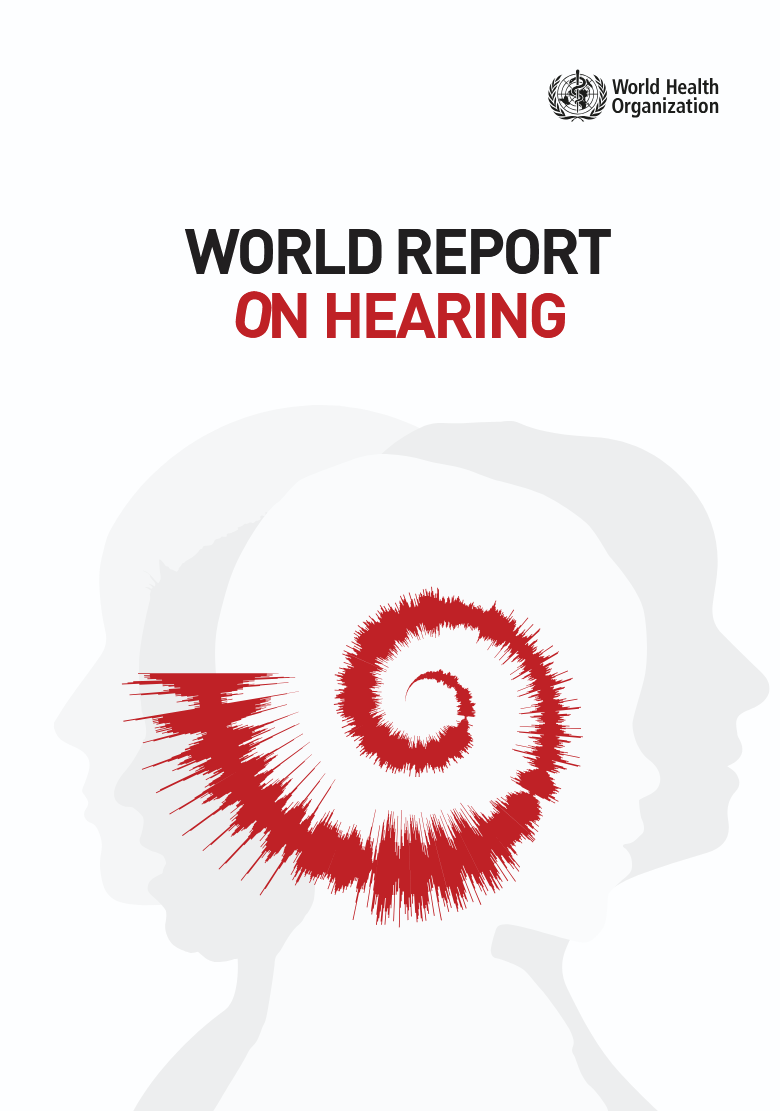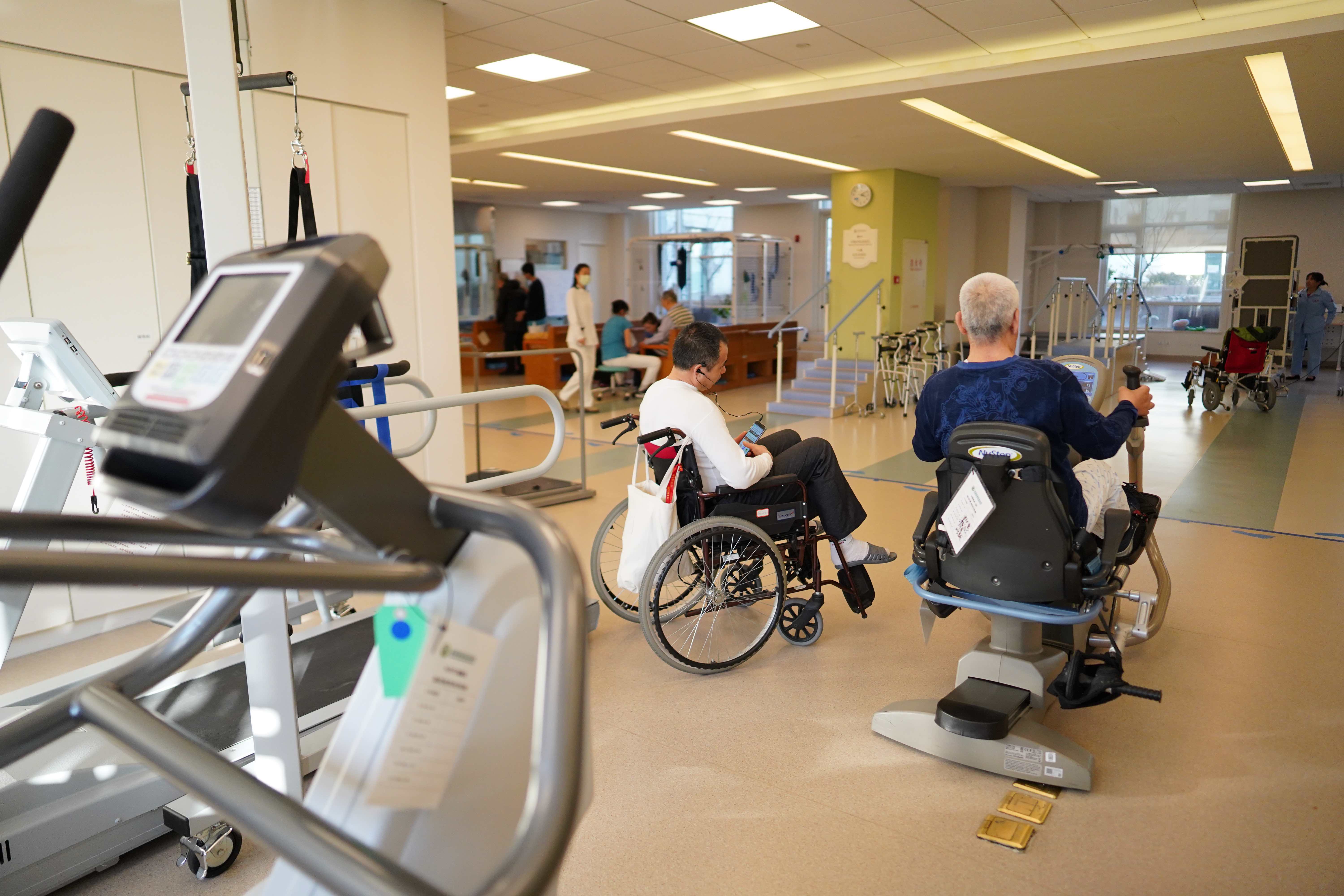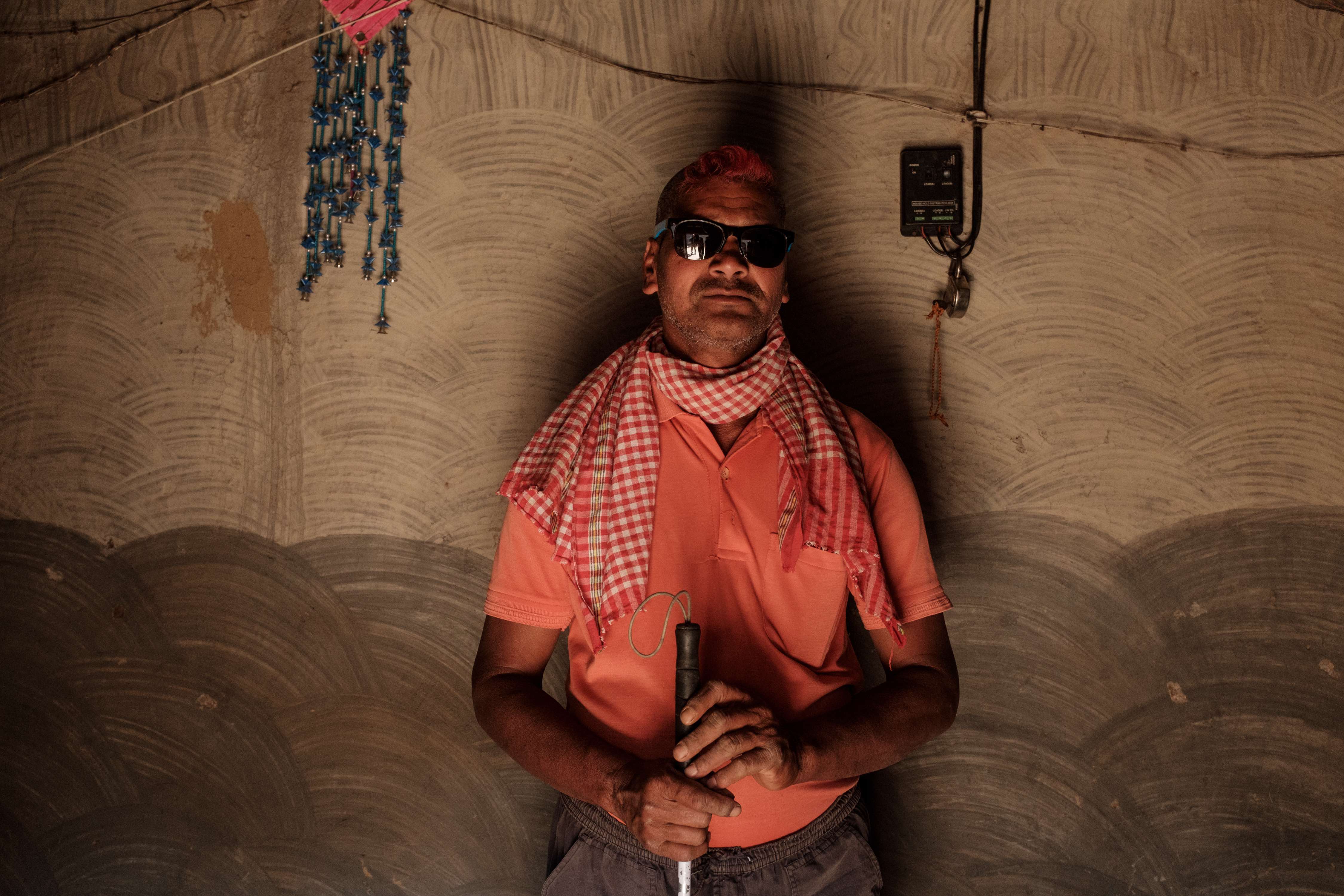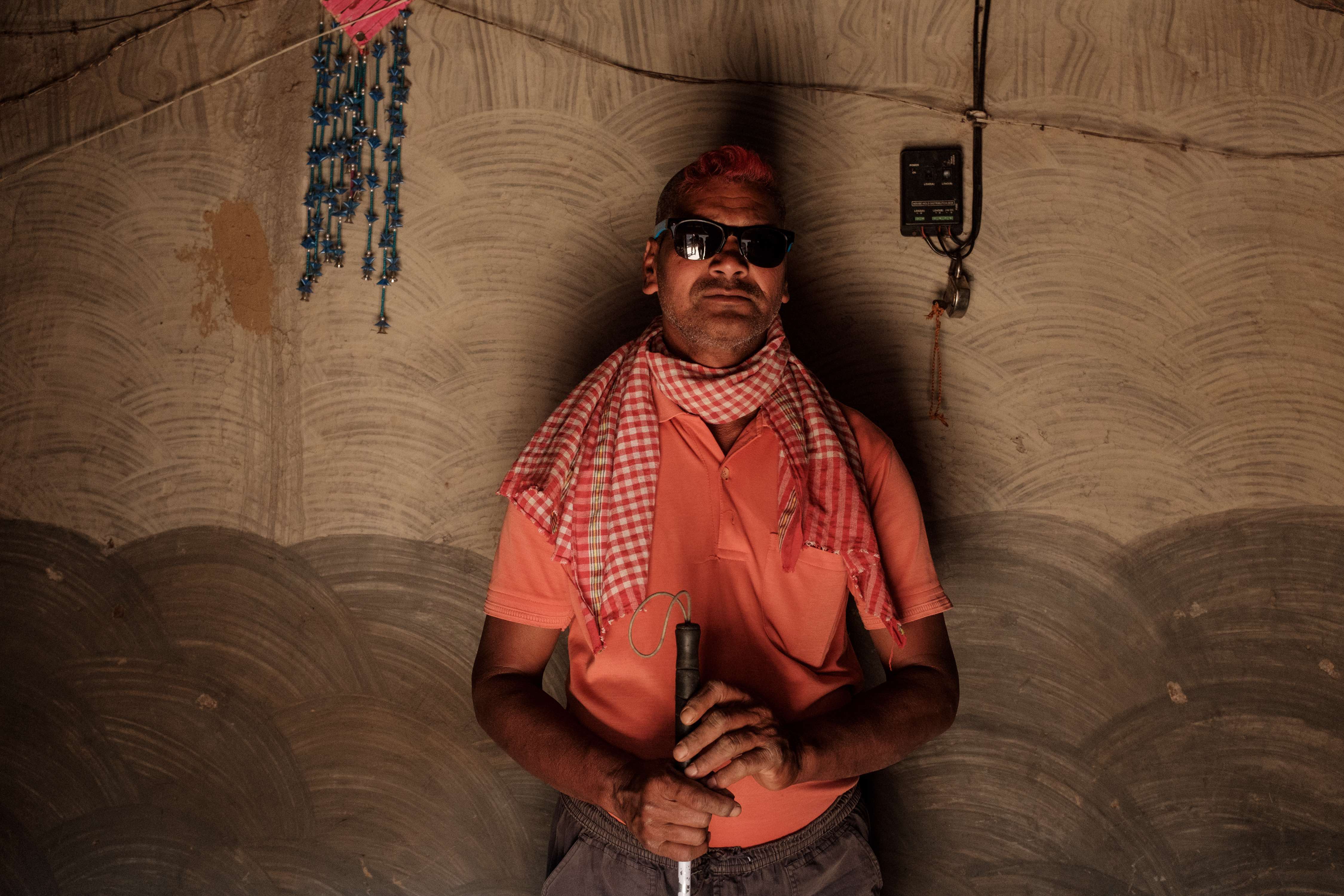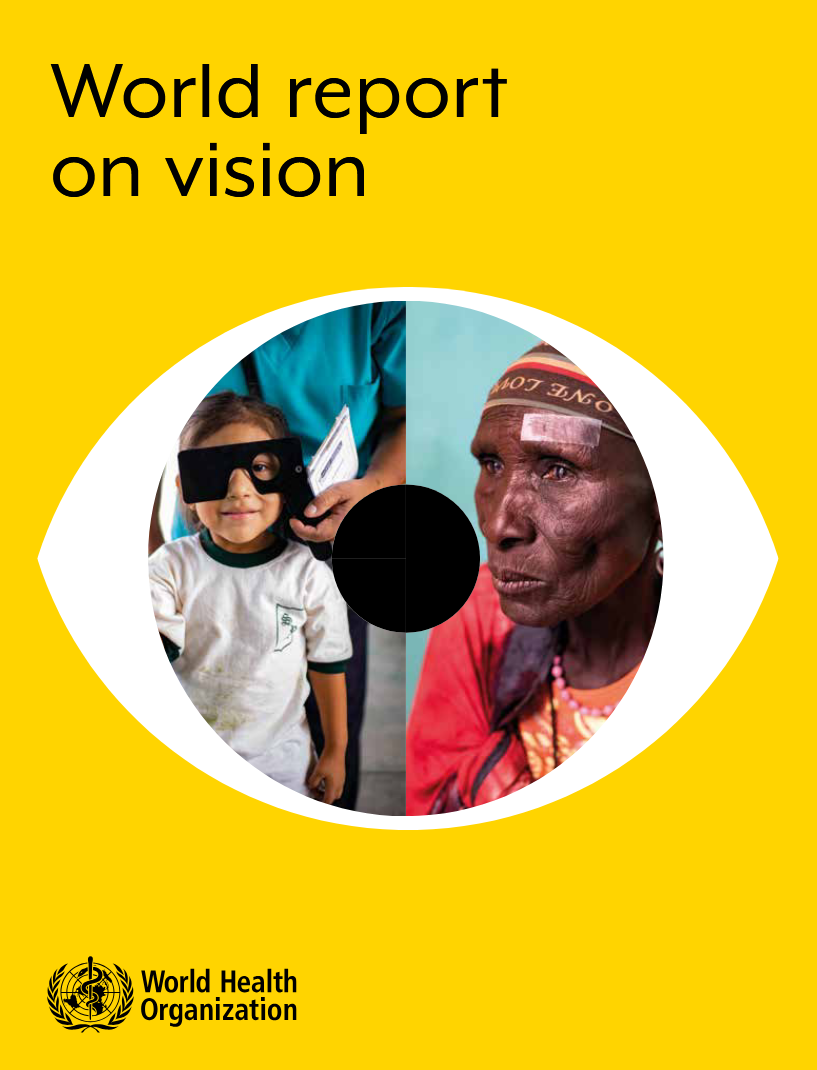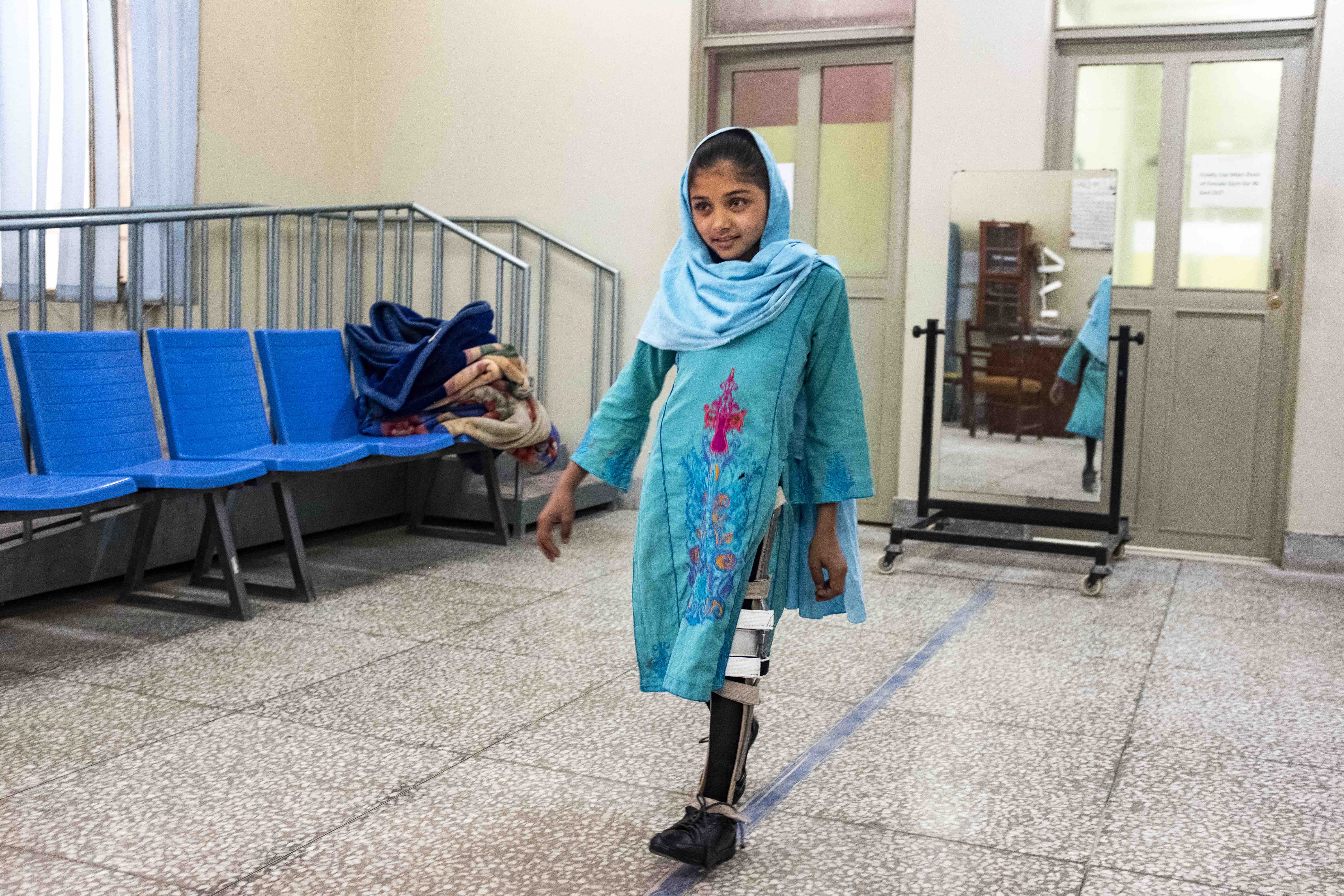World Health Organization
Disability
Briefs & Fact Sheets
07 Jul 2023
Key facts An estimated 1.3 billion people experience significant disability. This represents 16% of the world’s population, or 1 in 6 of us. Some persons with disabilities die up to 20 years earlier than those without disabilities. Person...

